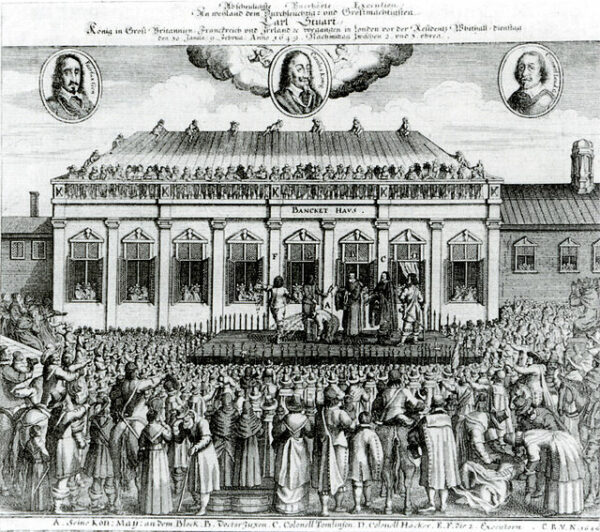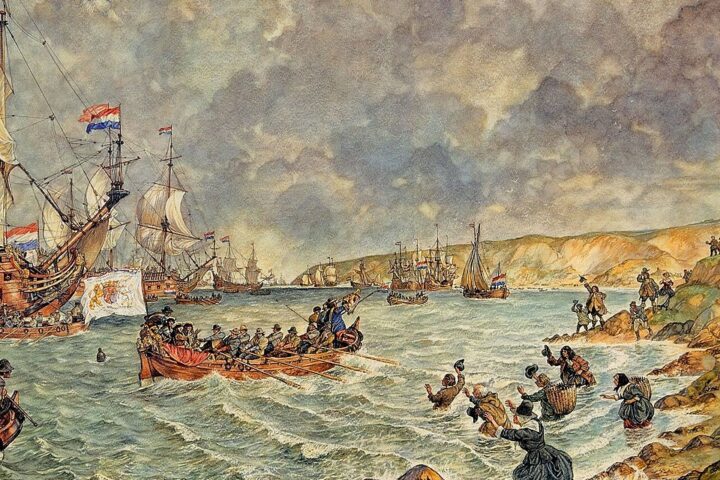In January 1649, England went through a radical upheaval. Charles I, King of England, Scotland, and Ireland, faced execution after a tumultuous period of civil war and political upheaval. His authoritarian rule, clashes with Parliament, and attempts to impose Anglican worship across his kingdoms had sparked the English Civil Wars. Defeated by the forces of Parliament, Charles was captured and held to account for his perceived tyranny. A special court of the Rump Parliament tried him for high treason and other high crimes, marking the first time a reigning monarch faced a public trial.
The trial of Charles I was a groundbreaking event. It challenged the long-held doctrine of the divine right of kings. The King refused to enter a plea, asserting that the court held no legitimate power over him. Despite his defiance, the court proceeded, and over the course of the trial, they presented evidence of Charles’s actions that had led to the unnecessary bloodshed and suffering of his subjects. The prosecution argued that the King had betrayed the trust placed in him by his people, prioritizing his personal power over the welfare of the nation.
On January 27, 1649, the court delivered its verdict, finding Charles I guilty of the charges against him. The sentence was death, a decision that sent shockwaves throughout the realms of Europe where monarchy was the norm. The King was to be beheaded, an execution method typically reserved for nobility. The sentence read that Charles was “a tyrant, traitor, murderer, and public enemy to the good people of this nation.”
Preparations for the execution were made swiftly. On January 30, 1649, a somber Charles I walked to the scaffold erected outside the Banqueting House in Whitehall, London. He addressed the crowd with composure, declaring his innocence and upholding his belief in the divine right of kings. He blamed his fate on the misinterpretation of his actions and expressed hope for the peace and prosperity of England. After bidding farewell to his supporters and preparing himself spiritually, Charles laid his head on the block.
The executioner, whose identity remained a closely guarded secret, carried out the sentence with a single stroke of the axe. The King’s death marked the end of the monarchy in England, albeit temporarily, and the establishment of the Commonwealth under Oliver Cromwell.






